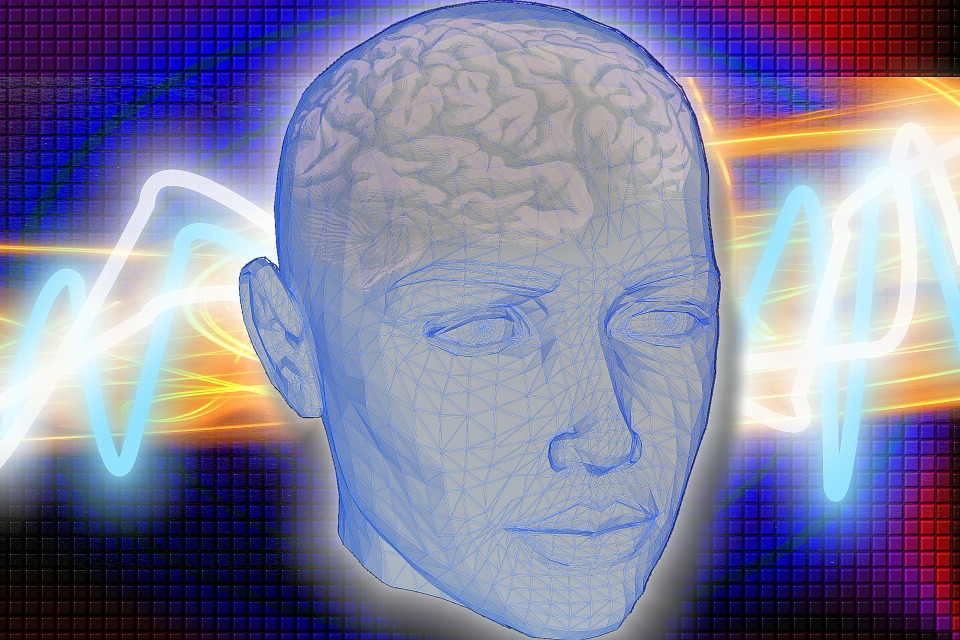
Researchers from John A Paulson School of Engineering and Applied Sciences, the University of California Santa Barbara, and Washington University in St. Louis have collaborated to publish an article in the journal Proceedings of the National Academy of Sciences. This study was the first to show how the neurons of our body's “internal genetic clock” are connected. This structure in the brain is called the suprachiasmatic nucleus (SCN), and its circadian rhythmic firing controls functions such as: appetite, sleep, insulin sensitivity, hormone levels, temperature etc. The reason these scientists believe this study is valuable, is because they suspect that understanding the way in which these neurons are connected can aid in battling various diseases and disorders.
“The SCN looks like a miniature brain, with two hemispheres, inside the hypothalamus. It receives light cues from the retina to help it keep track of time and reset when necessary. When functioning properly, the neurons inside both hemispheres oscillate in a synchronized pattern.”
The SCN has been particularly difficult to study, because it contains over 20,000 neurons. Each one fires and sets its own autonomous rhythm and communicates with other neurons. All together, these cells can be described as noisy. This is according the first author of the paper and grad student at Harvard, John Abel. To determine which neurons in the SCN share information, the researchers used a neurotoxin from putterfish to disrupt synchronicity of neurons within this structure. They then observed the network reestablish itself, and used information theory to determine which neurons were most vital to this process. All in all, they differentiated the functionally connected inner core of each hemisphere, the dense connections between them, and the outer shell of the SCN.
"This work brings us one step closer to reverse engineering those paradigms by elucidating the topology of communication amongst neurons, thus demonstrating the importance of a systems perspective to link genes to cells to the SCN tissue."
SOURCE: www.medicalnewstoday.com: Mapping Out the Circuit of our Internal Clock








